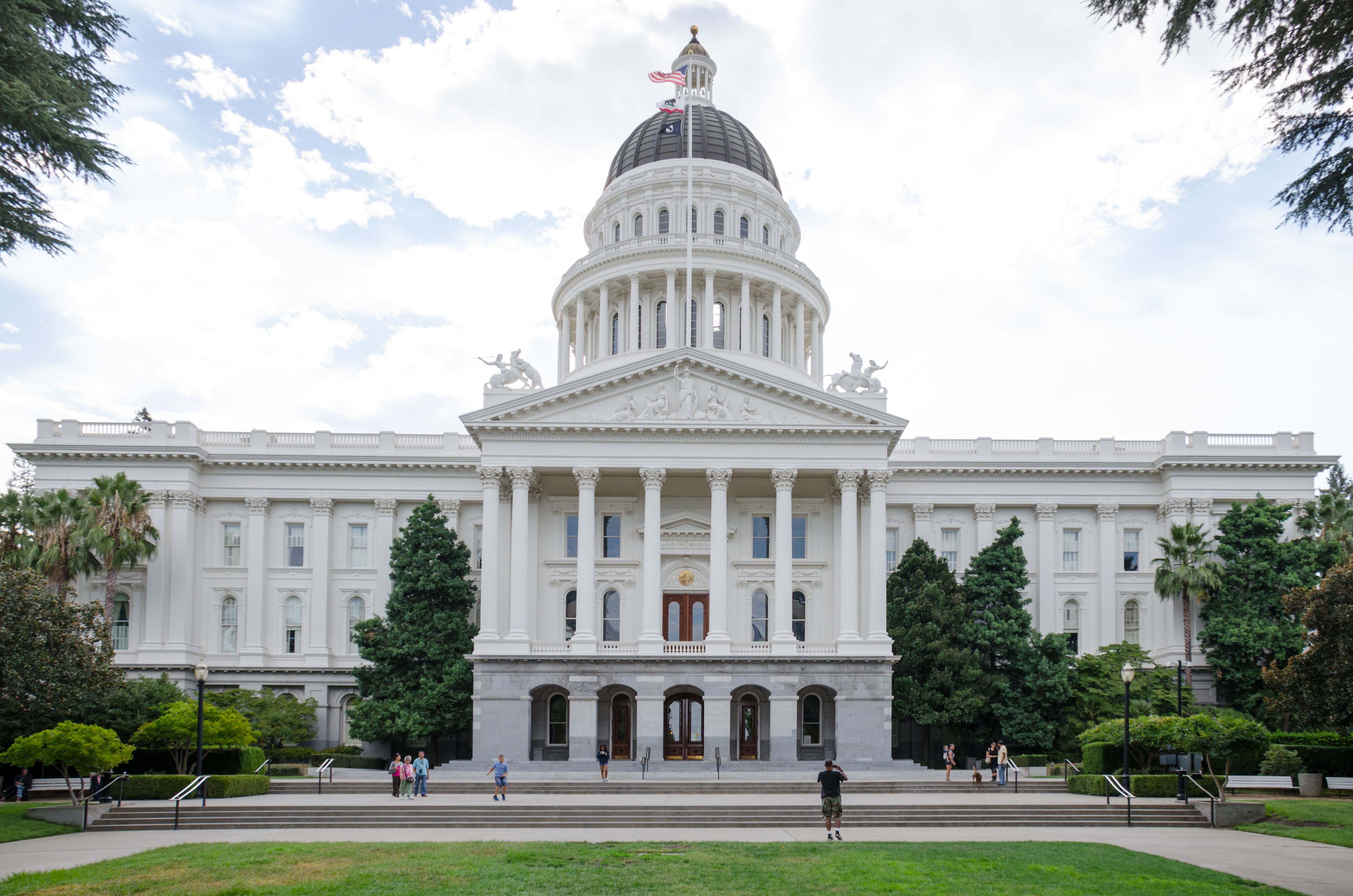
It took a major amount of effort to oppose the cease and desist orders issued by the California Attorney General against three charities.
Various filings in the case and the one day of transcripts I’ve read indicate that each of the charities had a couple of highly experienced trial attorneys representing them.
Have you ever wondered what the tab runs for a major enforcement action? I do. When reading of massive cases against big banks I’ve been curious what the legal costs run.
Normally that information is invisible. Appropriately, there is no way to look inside private companies, massively huge public companies, and checkbooks of individual to see their legal bills.
With not-for-profit organizations, the situation is different. Charities are required to file a 990 with the IRS and send a copy to many state regulators. The majority of charities post the last several years of 990s on their website.
Part IX on page 10 of the 990 shows the detail of expenses. Line 11b discloses legal fees, line 11c shows accounting fees, and line 11g shows other professional fees not listed on one of the previous lines. Pull the 990s and you can see the disclosed information.
So, let’s take a look at the 990s for MAP International, Food for the Poor, and Catholic Medical Mission Board to see what their legal fees have been running.
For each of the charities, the legal fees for the last five years are pulled from the 990 and listed. You can visually see where the costs increased. I will assume the large increases are related to the actions of the AGs from California and other states, with the California effort being the overwhelming majority of the costs.
An average of the earliest 3 years is calculated to provide a baseline, then compared to the legal costs for 2017 and 2018. The increase over baseline is assumed to be an approximation for the costs to address the CD&O.
I have listed my calculations so you may check them. You may revise any assumptions or amounts as you wish.
MAP International
Here is the calculation of increased legal costs for MAP:













